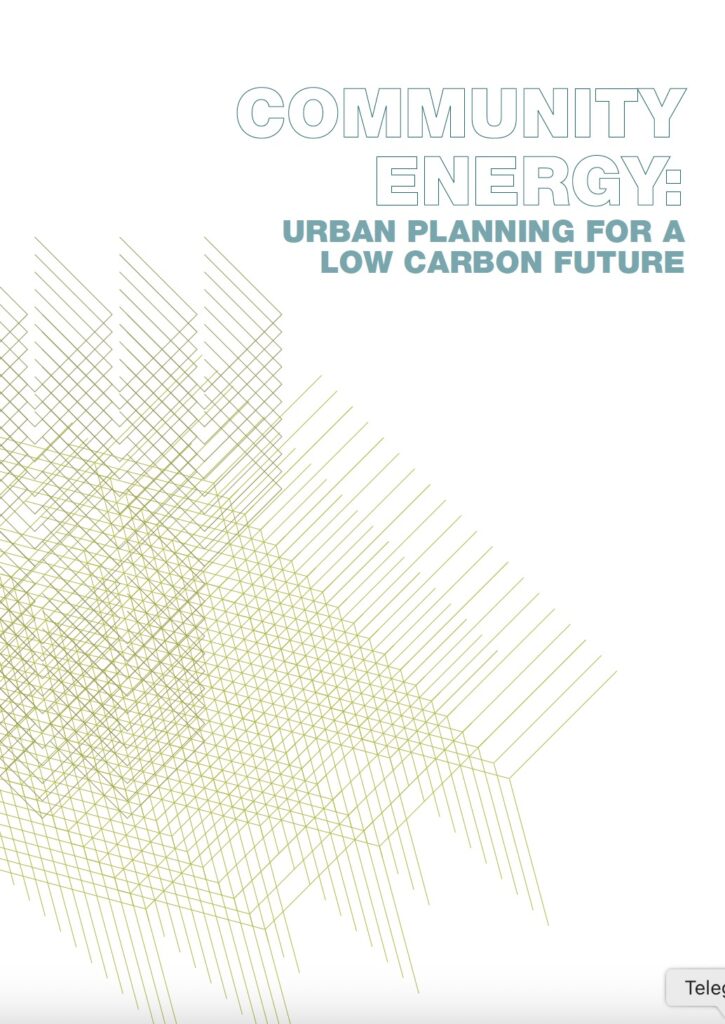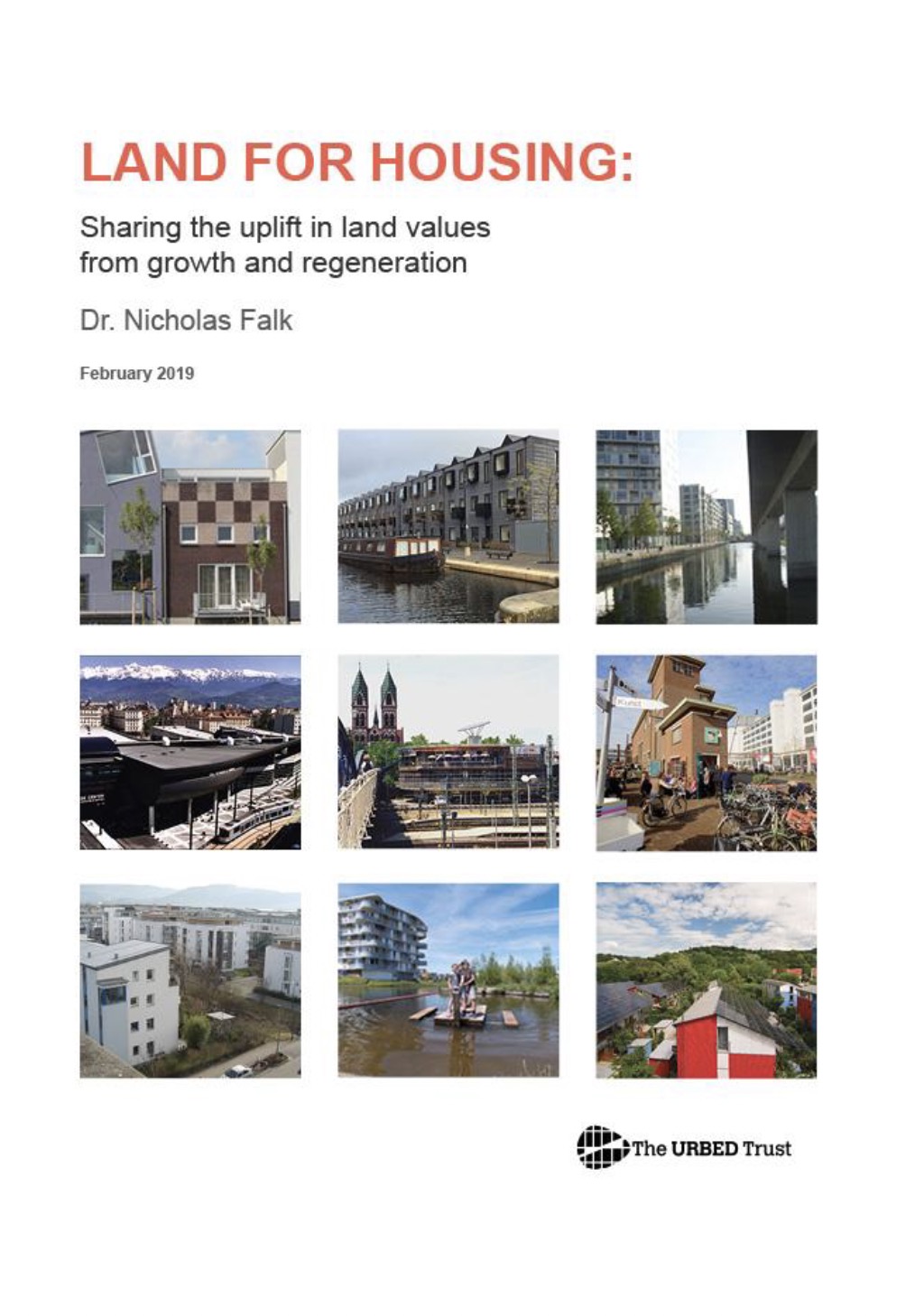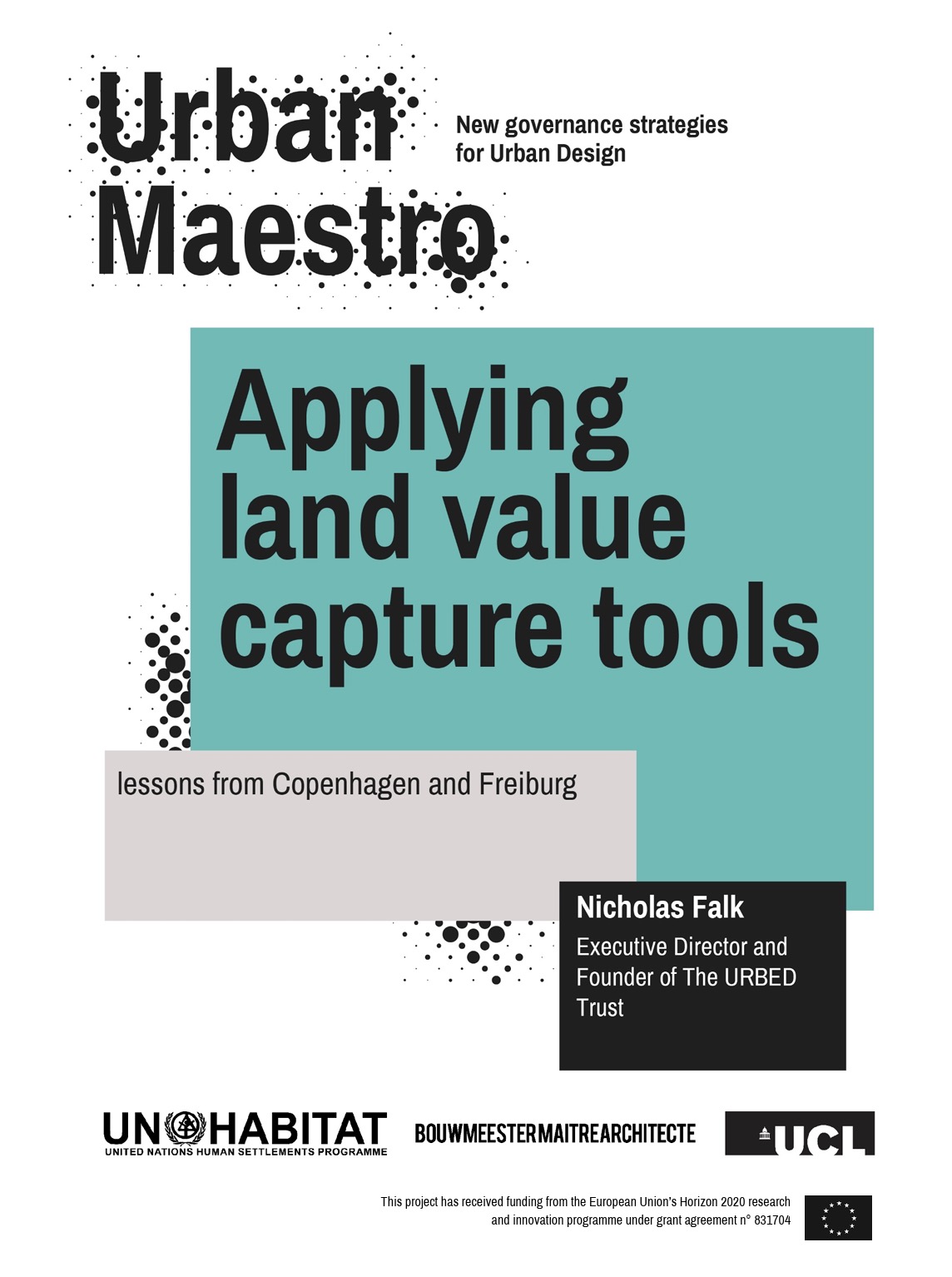The guide delineates the burgeoning role of community-led energy initiatives within the UK’s transition to a low-carbon future. It underscores the potential of local organisations and residents to generate, manage or fund renewable and low-carbon energy projects, thus fostering energy resilience, economic vitality, and environmental stewardship. Highlighting a spectrum of models — from microgeneration on individual properties to large-scale community wind farms — the publication explores the strategic, financial, and regulatory hurdles faced by grassroots ventures. Ultimately, it advocates for concerted policy support, community engagement, and innovative funding mechanisms to unlock the sector’s transformative potential.
Community Energy: urban planning for a low carbon future
Authors:
Nick Dodd, URBED
Date:
January 2008
Themes:
Environment and sustainability
Governance, policy, finance and community engagement
Locations:
Summary:
This guide provides a practical vision of how our towns and cities can plan for the development of community scale energy. Local Government has a key role to play in coordinating action, making full use of planning powers and acting as pioneers and champions for the development of decentralised energy networks.
Ask a question of this publication
We've trained our AI on this publication, so it can answer questions relevant to your area of interest. Try asking it a question, such as:
- What are the author's three main recommendations from this publication?
- As an urban planner, what is this publication asking me to do differently?
- What problems and solutions does this publication identify?
- Summarise this publication in 100 words
- What examples of good practice are given and what can we learn from them?
Ask a question above to see the response here
Disclaimer: The answers provided are generated by machine inspired by the content of this publication, but may incorporate extraneous or inaccurate information. Please use your discretion and caution when interpreting these answers.





